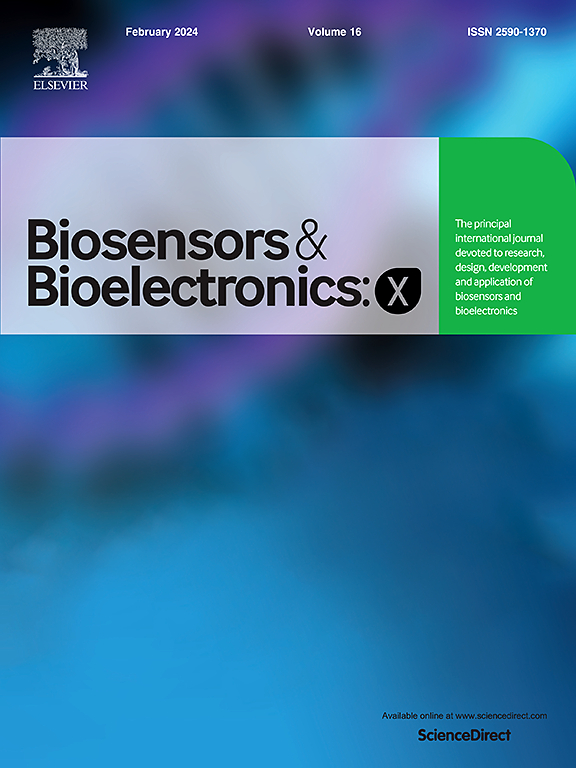SpAi: A machine-learning supported experimental workflow for high-throughput spheroid production and analysis
IF 10.61
Q3 Biochemistry, Genetics and Molecular Biology
引用次数: 0
Abstract
Three-dimensional (3D) cell cultures, especially spheroids, provide a physiologically accurate model for cancer research in comparison to conventional two-dimensional (2D) cultures. Nevertheless, the difficulties in producing and analyzing spheroids have impeded their extensive use in high-throughput screening—a critical process for drug discovery. This study presents a simplified process for the effective creation and examination of spheroids using a 3D-printed mold casted polydimethylsiloxane (PDMS) microwells. The utilization of our specially constructed mold facilitated the creation of consistent spheroids, which were subsequently exposed to doxorubicin for the purpose of anticancer medication treatment. We herein improved spheroid analysis by including a convolutional neural network (CNN) model, specifically U-Net, into a graphical user interface (GUI). This integration allows for automated detection and measurement of spheroid size from microscope pictures. The performance of this system surpassed that of conventional image analysis methods in terms of both accuracy and efficiency. The implemented workflow offers a scalable and cost-efficient platform for conducting high-throughput drug screening, which has the potential to enhance the success rates of cancer therapies in clinical trials.
SpAi:一个支持机器学习的实验工作流,用于高通量球体生产和分析
与传统的二维(2D)细胞培养相比,三维(3D)细胞培养,特别是球形细胞培养,为癌症研究提供了生理上准确的模型。然而,生产和分析球体的困难阻碍了它们在高通量筛选中的广泛应用,而高通量筛选是药物发现的关键过程。本研究提出了一种使用3d打印模铸聚二甲基硅氧烷(PDMS)微孔有效创建和检查球体的简化过程。利用我们特别构建的模具,有助于形成一致的球体,随后将其暴露于阿霉素中,用于抗癌药物治疗。本文通过将卷积神经网络(CNN)模型(特别是U-Net)纳入图形用户界面(GUI)来改进球体分析。这种集成允许自动检测和测量球体大小的显微镜图片。该系统在精度和效率方面均优于传统的图像分析方法。所实施的工作流程为进行高通量药物筛选提供了一个可扩展且具有成本效益的平台,这有可能提高癌症治疗在临床试验中的成功率。
本文章由计算机程序翻译,如有差异,请以英文原文为准。
求助全文
约1分钟内获得全文
求助全文
来源期刊

Biosensors and Bioelectronics: X
Biochemistry, Genetics and Molecular Biology-Biophysics
CiteScore
4.60
自引率
0.00%
发文量
166
审稿时长
54 days
期刊介绍:
Biosensors and Bioelectronics: X, an open-access companion journal of Biosensors and Bioelectronics, boasts a 2020 Impact Factor of 10.61 (Journal Citation Reports, Clarivate Analytics 2021). Offering authors the opportunity to share their innovative work freely and globally, Biosensors and Bioelectronics: X aims to be a timely and permanent source of information. The journal publishes original research papers, review articles, communications, editorial highlights, perspectives, opinions, and commentaries at the intersection of technological advancements and high-impact applications. Manuscripts submitted to Biosensors and Bioelectronics: X are assessed based on originality and innovation in technology development or applications, aligning with the journal's goal to cater to a broad audience interested in this dynamic field.
 求助内容:
求助内容: 应助结果提醒方式:
应助结果提醒方式:


